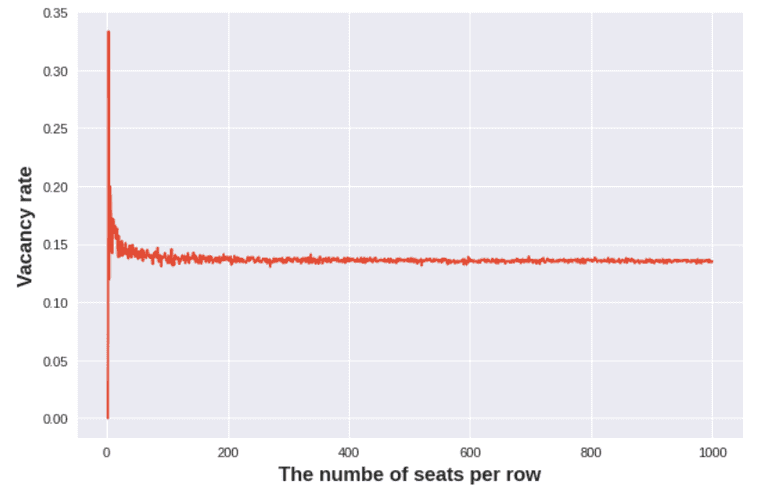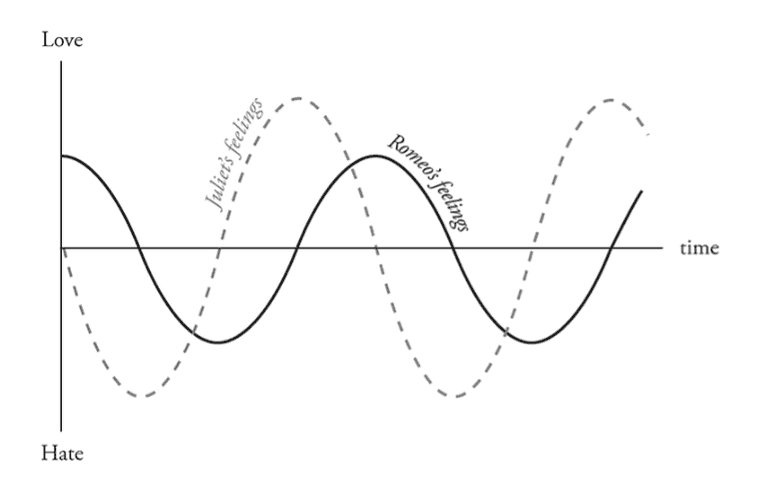I readThe Joy of XbySteven StrogatzonJan 7th, 2024
★★☆☆☆I rate a two-star for this book, not due to the absence of scientific merit, but rather I encountered it in the wrong time. Had I encountered this book in my childhood, this book might inspire and motive me to explore the uncharted realms. The act of reading is akin to a relationship, you need to meet the right book in the right time.
Here are some hidden gems.
The Snell’s law
The Snell’s law follows Fermat’s principle of least of time: the light always takes the minimum time to travel from A to B. When the light travels between medias, the refraction happens. I learned this in my college physics studies, but wonder why lights or waves exhibit a preference to travel in a straight line in the vacuum to comply to the Fermat’s principle?
Here is a Quora answer: the interferences cancel out the circular waves.
Wasted seats
In a cinema open only to couples, if all the couples insist to sit together, and the seats are randomly assigned, there will be seats wasted.
I just run the seated-couples.py to evaluate the 2-seat row to 1000-seat row with 1000 experiments, and get the following chart.

The average vacancy rate for the number of seats varies from 800 to 1000 is 0.1355669756, very close to 0.1353352832366127.
Beyond the complex numbers
The complex number facilitates the vector computations within 2D space, which leads to Quaternion introduced by William Hamilton. The eureka moment is celebrated annually through the Hamilton Walk.
Romeo and Juliet
If affection between Romeo and Juliet are defined as:
the tug-of-war relationship would oscillate as:
